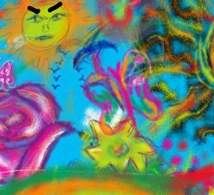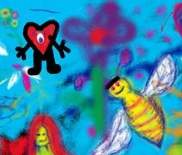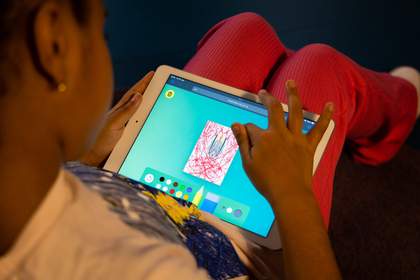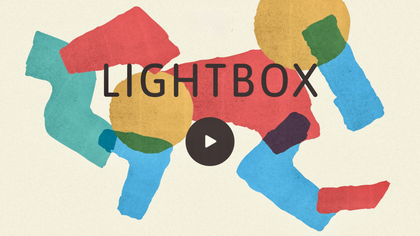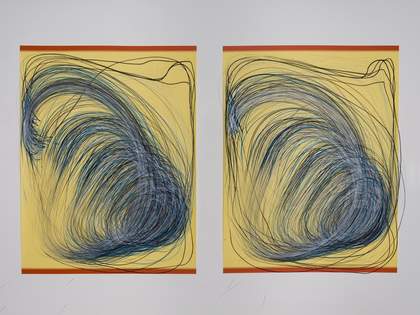Tate Draw Together is a shared digital canvas that lets multiple students work together to create one artwork. It works most successfully on any tablet device. The process of working together is at the heart of achieving a drawing together. Finished canvases can be saved to print, share and display.

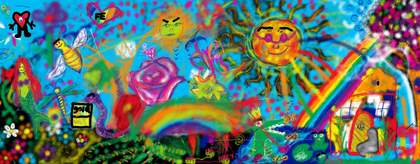
Tate Draw Together
A shared digital canvas for creative collaboration
Tate Draw Together is still in BETA
This means that it is an early version that we are trialling. As part of this trial we want to let teachers and students try it out in the classroom. We are still making improvements so you may notice the occasional hiccup.
We are looking to learn together with teachers what collaborative digital art making means, so please do share your feedback after using Tate Draw Together with your students.
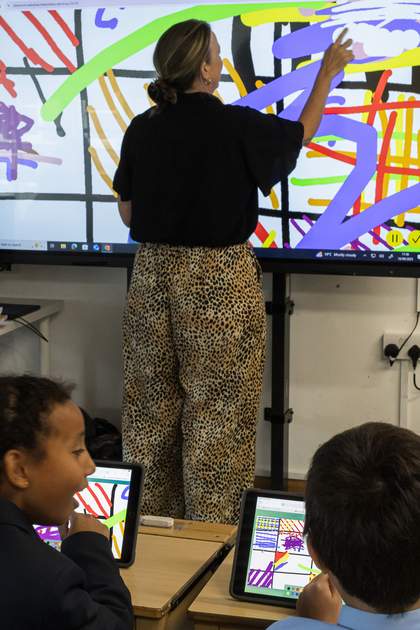
© Hydar Dewachi
How to setup Tate Draw Together
Step 1: Ahead of time
- Use the link below to create your session (each session supports up to 30 student devices).
- Save the link and pin code shown – the link is what you’ll share with students when you’re ready to start.
- Plan your activity and how students will use the tool.
Tip: Create multiple sessions so you can split your class into smaller groups.
Step 2: Setting up devices and starting session in the classroom
- Check student devices are connected to the internet, and Tate Draw Together can be accessed without blocking.
- Hand out student devices and support with logins if needed.
- Display your teacher view on the interactive whiteboard (recommended but not essential).
- Share the session link with pupils when you’re ready for them to join.
Tip: If you run multiple sessions, you can monitor them on your desktop or whiteboard and switch between them.
How to use Tate Draw Together
As a teacher:
- Start activity
- Pause, or end the session for everyone at any time
- Complete session
- Download the final drawing to save your students' work.
- Contribute your thoughts, inspirations and feedback with us so we can continue to improve Tate Draw Together.
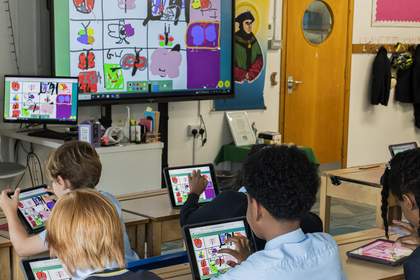
© Hydar Dewachi
As a student:
- Click the link or enter the code provided to join.
- Draw using pen and colour options.
- See your collaborative drawing develop in real time.
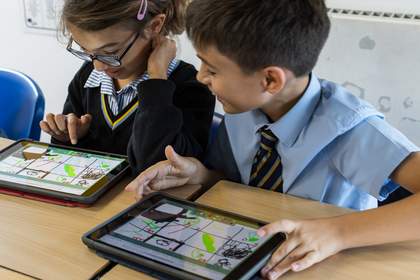
© Hydar Dewachi
Facilitation tips
- Pre-prepare the canvas(s) before inviting students: For example, you can draw a grid and assign each group or student a section to work on to avoid clashes.
- Split into groups: Decide whether to work on one shared canvas or multiple smaller ones. Fewer students per canvas usually means smoother performance. Remember: max 30 devices per session (teachers can create multiple sessions).
- Plan before you draw: Spend a few minutes discussing the concept of drawing collaboratively with your students before starting. You can even do a quick collaborative drawing game with pencil and paper as a warm-up exercise to get the idea of students needing to work together.
- Use pauses strategically: Pause the canvas occasionally to discuss the process, share ideas and reflect on the drawing as a group.
- Encourage developments: Let students suggest changes, build on each other’s ideas, and adapt the drawing.
- Collaboratively decide: Encourage students to suggest when they think the drawing is 'finished' and ready to be 'published' (downloaded). If your lesson time is still continuing you can always change groups and create another drawing. Drawings can be made related to a theme or idea or in a more free and open process.

